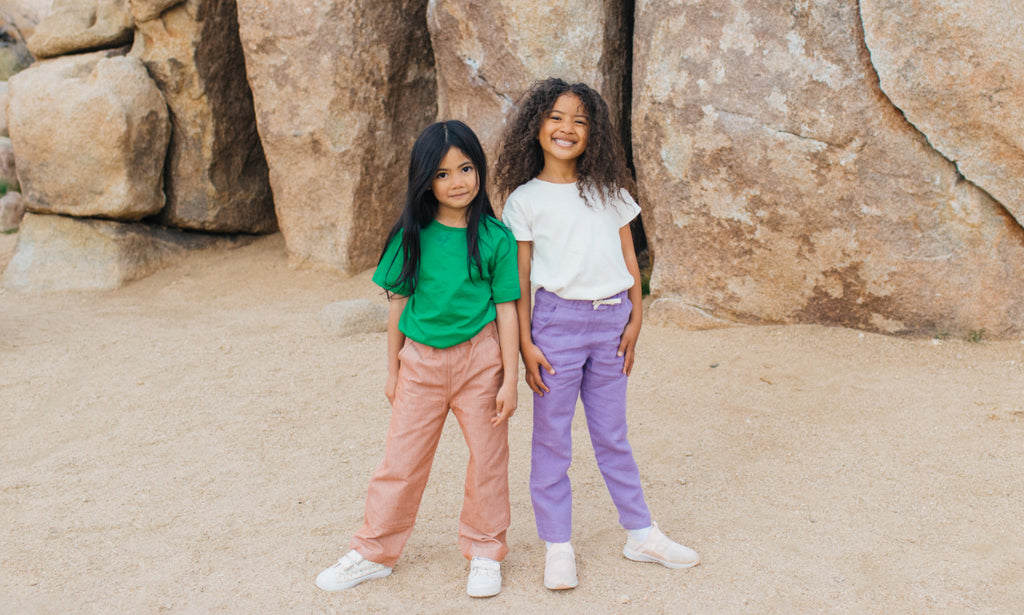FREE SHIPPING ON ALL ORDERS OVER $100
FREE SHIPPING ON ALL ORDERS OVER $100
Shop
About us
Add description, images, menus and links to your mega menu
A column with no settings can be used as a spacer
Link to your collections, sales and even external links
Add up to five columns
Add description, images, menus and links to your mega menu
A column with no settings can be used as a spacer
Link to your collections, sales and even external links
Add up to five columns
Add description, images, menus and links to your mega menu
A column with no settings can be used as a spacer
Link to your collections, sales and even external links
Add up to five columns
Add description, images, menus and links to your mega menu
A column with no settings can be used as a spacer
Link to your collections, sales and even external links
Add up to five columns
Add description, images, menus and links to your mega menu
A column with no settings can be used as a spacer
Link to your collections, sales and even external links
Add up to five columns
Add description, images, menus and links to your mega menu
A column with no settings can be used as a spacer
Link to your collections, sales and even external links
Add up to five columns
Add description, images, menus and links to your mega menu
A column with no settings can be used as a spacer
Link to your collections, sales and even external links
Add up to five columns
Add description, images, menus and links to your mega menu
A column with no settings can be used as a spacer
Link to your collections, sales and even external links
Add up to five columns

Sustainable Fashion for Kids: What You Need to Know!
May 01, 2024 2 min read
In recent years, the fashion industry has witnessed a significant shift towards sustainability, and children's clothing is no exception. As us parents become more aware of the environmental and ethical impacts of their purchasing decisions, the demand for sustainable children's fashion has been on the rise. But what exactly is sustainable fashion, and how does it differ from fast fashion?
What is Sustainable Fashion?
Sustainable fashion is produced and consumed in ways that minimize environmental impact, promote social responsibility, and prioritize longevity and quality. Unlike fast fashion, which focuses on mass production of inexpensive clothing with rapid turnover, sustainable fashion takes into account the entire lifecycle of a garment, from sourcing materials to manufacturing, distribution, and end-of-life disposal.
Understanding the Meaning of Sustainable Fashion
At its core, sustainable fashion is about making conscious choices that benefit both people and the planet. This includes using eco-friendly materials such as organic cotton, hemp, and recycled fibers, as well as adopting ethical production practices that ensure fair wages and safe working conditions for garment workers. Sustainable fashion also encourages consumers to buy fewer, higher-quality items that are designed to last, reducing the overall environmental footprint of their wardrobe.
Sustainable Fashion Trends for Kids

- Organic Fabrics: Parents are increasingly seeking out clothing made from organic cotton and other natural fibers, which are grown without harmful pesticides and chemicals. Did you know, polyester takes up to 200 years to decompose?
- Gender-Neutral Designs: Gender-neutral clothing options are gaining popularity, offering versatility and inclusivity for children of all genders.
- Upcycled and Recycled Materials: Designers are repurposing and upcycling materials to create unique, one-of-a-kind garments while reducing waste.
- Slow Fashion: Slow fashion for kids focuses on timeless designs and durable construction, encouraging parents to invest in fewer, but higher-quality pieces that can be passed down, resold or reused. Have you heard of the TradeUP program?
- Local and Ethical Production: Supporting local artisans and small-scale producers ensures transparency and accountability in the supply chain, promoting fair labor practices and reducing carbon emissions from transportation.
Fast Fashion vs. Sustainable Fashion: Making the Choice
In contrast to sustainable fashion, fast fashion (like Shein, Target, Zara, etc.) prioritizes speed and profit margins over environmental and social responsibility. Fast fashion brands churn out new styles at an alarming rate, often exploiting cheap labor and contributing to pollution and waste. By choosing sustainable children's clothing, parents can make a positive impact by supporting brands that prioritize circular and ethical practices.
Sustainable fashion for kids is not just a trend—it's a conscious choice that reflects our commitment to a healthier planet and a brighter future for the next generation!


Find your perfect pants
TAKE THE QUIZ
A few quick questions to point you in the right direction. Plus, get $10 off your next order.
Unlock 15% Off Your First Purchase
Subscribe to Jackalo newsletter and get 15% OFF your first purchase! Plus, enjoy early access to new products and exclusive deals when you join our list!
By subscribing, you agree to theTerms of Service and Privacy Policy. You may unsubscribe at any time.